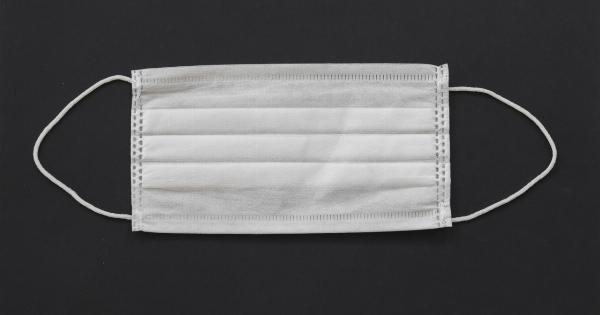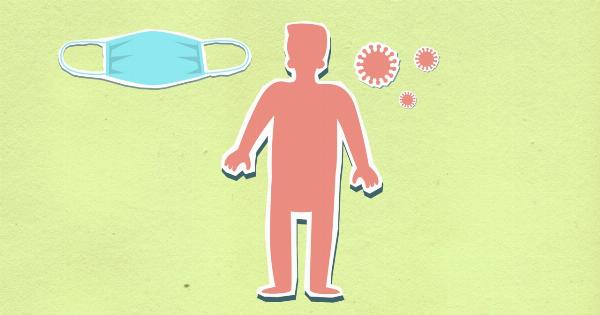Pneumonia is a respiratory condition that affects millions of people worldwide. It is an infection that causes inflammation in the air sacs of the lungs, leading to symptoms such as cough, fever, and difficulty breathing.
In this article, we will explore the science behind pneumonia, including its causes, common symptoms, and various treatment options available.
Causes of Pneumonia
Pneumonia can be caused by a variety of pathogens, including bacteria, viruses, and fungi. The most common cause of bacterial pneumonia is Streptococcus pneumoniae, also known as pneumococcus.
Other bacteria such as Haemophilus influenzae and Staphylococcus aureus can also lead to pneumonia. Viral pneumonia, on the other hand, is often caused by respiratory viruses like influenza, respiratory syncytial virus (RSV), and coronavirus.
Pneumonia can also be classified into different types based on where it was acquired. Community-acquired pneumonia (CAP) is the most common form and is contracted outside of healthcare facilities.
Hospital-acquired pneumonia (HAP), as the name suggests, occurs during a hospital stay. Additionally, there is also ventilator-associated pneumonia (VAP), which specifically affects individuals who are on mechanical ventilation.
Symptoms of Pneumonia
The symptoms of pneumonia can vary depending on the individual and the type of infection. However, there are several common symptoms that are associated with this respiratory condition. These include:.
- Cough, which may produce phlegm or pus
- Difficulty breathing or shortness of breath
- Chest pain, especially when coughing or inhaling deeply
- Fever, accompanied by sweating and chills
- Fatigue and weakness
- Loss of appetite and weight loss
In severe cases, pneumonia can lead to complications such as respiratory failure, sepsis, or lung abscesses.
It is essential to seek medical attention if you experience any of these symptoms, especially if you belong to a high-risk group, such as the elderly or individuals with weakened immune systems.
Diagnosis of Pneumonia
To diagnose pneumonia, a healthcare professional will typically start by reviewing the patient’s medical history and conducting a physical examination.
During the examination, they will listen to the lungs using a stethoscope to check for abnormal sounds, such as crackling or wheezing.
Additional tests may be necessary to confirm the diagnosis and determine the cause of the infection. These can include:.
- Chest X-ray: A chest X-ray can show the extent and location of the infection in the lungs.
- Blood tests: Blood tests can help identify the specific pathogen causing the pneumonia.
- Sputum culture: A sample of mucus coughed up from the lungs can be analyzed to identify the bacteria responsible for the infection.
- Bronchoscopy: In some cases, a thin tube with a camera may be inserted into the airways to visualize the lungs and take samples for further analysis.
Treatment for Pneumonia
The treatment for pneumonia depends on several factors, including the cause of the infection and the overall health of the patient.
Bacterial pneumonia is commonly treated with antibiotics, whereas antiviral medications may be prescribed for viral pneumonia. Fungal pneumonia may require antifungal drugs.
In addition to medications, supportive care is crucial for a full recovery. This may include:.
- Plenty of rest and fluids to stay hydrated
- Over-the-counter pain medications to reduce fever and relieve pain
- Oxygen therapy for individuals with severe difficulty breathing
- Chest physiotherapy to help loosen mucus and improve lung function
- In severe cases, hospitalization may be required for closer monitoring and intravenous antibiotics.
Prevention of Pneumonia
Preventing pneumonia involves adopting certain lifestyle habits and taking preventive measures. Here are some tips to reduce the risk of infection:.
- Get vaccinated: Vaccines are available for some of the most common pathogens that cause pneumonia, such as the pneumococcal vaccine and influenza vaccine.
- Practice good hygiene: Wash your hands regularly with soap and water, or use hand sanitizer when soap is not available. Avoid touching your face and cover your mouth and nose when coughing or sneezing.
- Quit smoking: Smoking weakens the immune system and damages the lungs, making it easier for infections like pneumonia to occur.
- Stay healthy: Maintain a balanced diet, exercise regularly, and get enough sleep to keep your immune system strong.
- Avoid close contact with sick individuals and crowded places during flu seasons or outbreaks.
Conclusion
Pneumonia is a respiratory infection that can affect individuals of all ages and can vary in severity. Understanding the science behind pneumonia, including its causes, symptoms, and treatments, is crucial for timely diagnosis and effective management.
By following preventive measures and seeking prompt medical attention when needed, the impact of pneumonia can be minimized, leading to better health outcomes for individuals around the world.




























